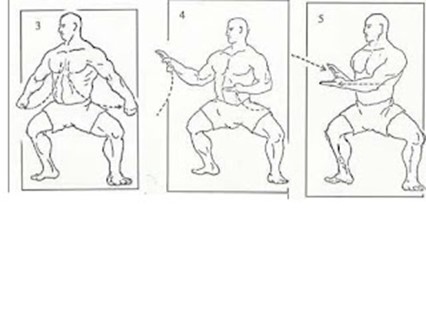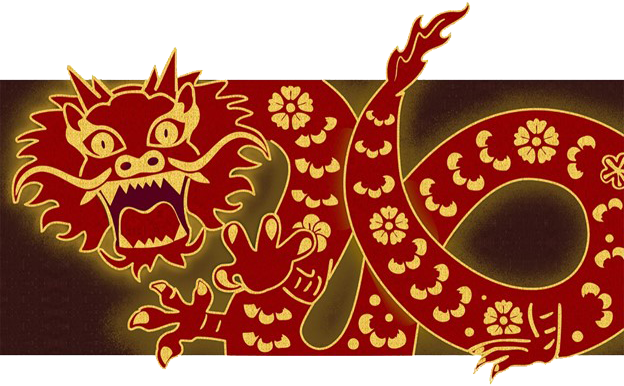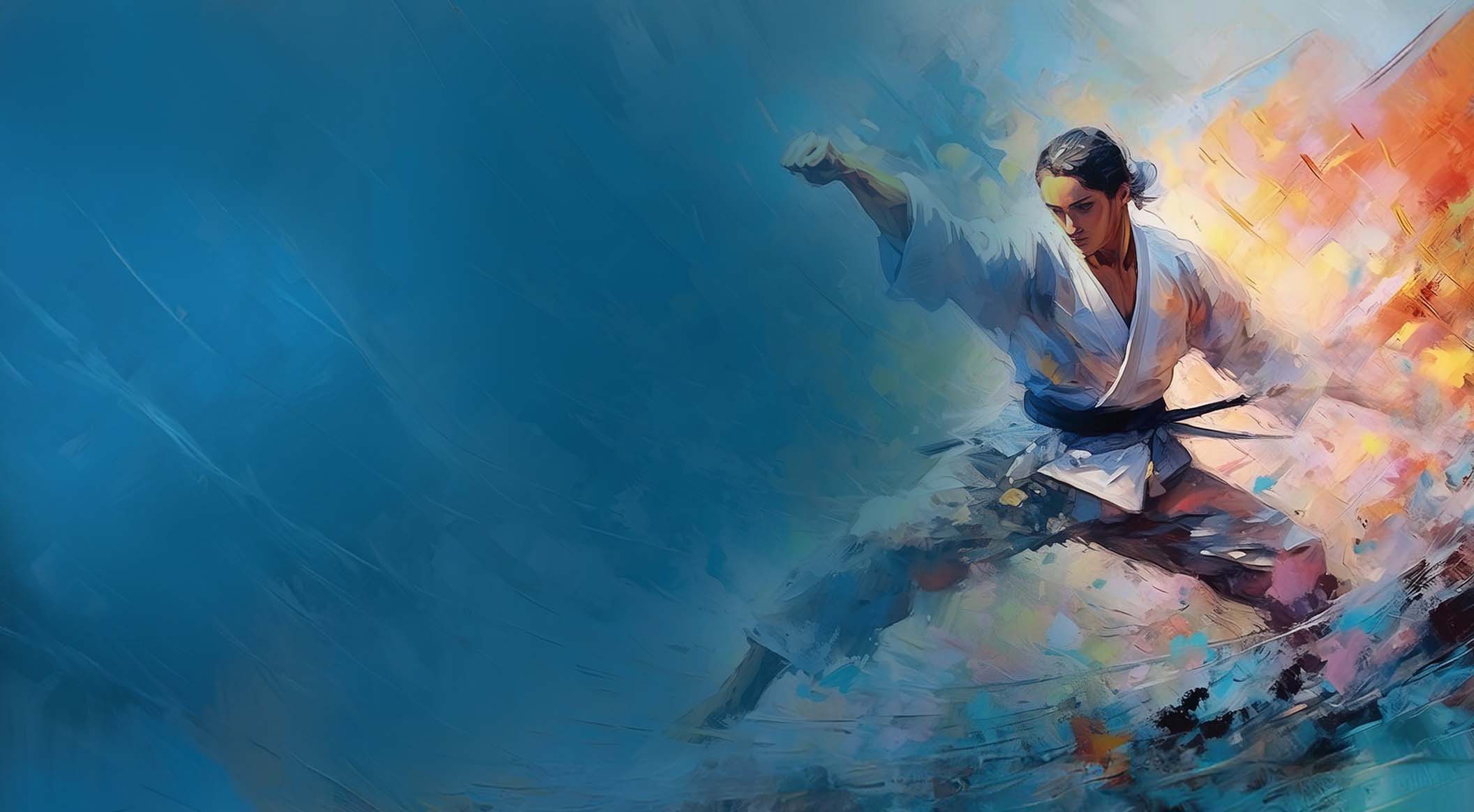
Bunkai I – A look at the original explanation
By Victor Smith
"The time has come," the Walrus said,
"To talk of many things:
Of shoes–and ships–and sealing-wax–
Of cabbages–and kings–
And why the sea is boiling hot–
And whether pigs have wings."
'The Walrus and the Carpenter' by Lewis Caroll
I'd like to talk a bit about Bunkai, or the use of Okinawan Kata technique. As I've been reviewing available documentation and video on 'bunkai' I realize that the term is being used in many different ways and that without a clear examination of the context of the term's usage we really are not communicating and likely taking past each other.
I believe it worthwhile to go back to the original use of the term and start there.
As far as I understand there was no original Okinawan term explaining the use of Karate kata technique. This was due to the non-verbal transmission of the art, but from the growing control of Okinawa by Japan since the 1870's Japanese was the official language and to describe Karate Japanese terminology began to be used.
Funakoshi Ginchin wrote Okinawa no Bugi (Martial Arts Techniques of Okinawa) that first appeared in Okinawa's Ryukyu Shinpo in January of 1914, from Part 2 Karate No Ryugi, the section on Soshiki-Bunkai: (The Systematic Analysis of Techniques for each Dan) from page 17.
"Once you have learned technique thoroughly which are required for each Dan, you should analyze them. For instance; this movement belongs to this, that one belongs to that etc."
"After completing this process, start training again using each theory. However, in early stages of training, just relax and focus on learning the order of each technique…" (translation from Patrick and Yukio McCarrthy's "Tanpanshu.")
A more standard use of the term bunkai in Japanese does not relate to martial arts but is used to explain taking something apart to analyze it, such as the bunkai of a car would be to take it apart to analyze a problem. This martial use of 'bunkai' is not standard Japanese but an adaption for the use in Karate.
One possible interpretation of Funakoshi Sensei's comment was that the Dan should analyze their technique and then use that analysis in their training as in how to use the technique. This does not seem to indicate there was a defined use of kata but a more open ended study. I feel this harkens back to the days of personal instruction and direct guidance of the instructor for the student.
Later in 1922 when Funakoshi Ginchin published "Ryukyu Kenpo Karate" and in 1925 "Rentan Goshin Karate Jutsu" his descriptions of the kata included general usage of the techniques but he did not include specific examples of kata application. This remained constant in his 1935 "Karate Do Kyohan".
The first example of Bunkai was offered by Mabuni Kenwa in his 1934 book "Goshin Karate Kempo" where he used the term "bunkai setsumei" and offered 'bunkai' descriptions and drawings for the kata Seienchin. This book has been translated into English by Mario McKenna.
Mabuni followed this with "The Study of Seipai" and offered bunkai for Seipai Kata (also available in English.)
I questioned McKenna Sensei about the use of the term 'bunkai' in 'Goshin Karate Kempo' and he described it's use as "breakdown/apart and explanation". Then he defined a use for the main sections of kata Seienchin.
As a beginning by way of example I've scanned the following drawings for one section of Seienchin Kata and then it's 'bunkai'.


If you observe the kata, the drawings closely you'll see that Mabuni shows more than just the kata. In the drawing shown he used a closed fist strike instead of the spear hand strike of the kata. He also clearly adds a kick not in the kata for one of the 'bunkai' responses too. In this it is clear that 'bunkai' meant more than just the actual kata technique, exactly as Shiroma Shimpan (another Itosu student) showed in Nakasone's 1938 'Karate-Do Taikan".
The publication of 'Goshin Karate Kempo' was not meant to be a complete program of Karate training. I see it as an introduction of Mabuni's art to the Japanese martial public. Where Funakoshi Sensei was sharing the Itosu teachings, Mabuni who also had the same material, chose to first focus on the Hiagonna teachings, and more than a technical primer, he clearly showed how the techniques of kata might be used against attacks.
Mabun's writings did not, however, go further explaining where the training might lead. It is impossible to extrapolate that from what was shared. And unless Shito-Ryu chooses to share more on it's own all we are left are questions and logical thoughts. At no time do I suggest Shito-Ryu has any obligation to share more openly their art. On the other hand, I feel free to start my observations on the use, strengths, weaknesses, and steps beyond the idea of bunkai, from Mabuni's offering.
Viewing Shito Ryu Bunkai videos on YouTube.com you can see the kinship to much of the bunkai being demonstrated across the internet. These techniques studies are valid, in my opinion, for a very small part of Seienchin Kata application potential.
As an Isshinryu stylist I am indebted to Mabuni Kenwa for his sharing his studies on Sanchin and Seienchin (Seiyunchin, Seiunchin and all other variant spellings) Kata. The core value of his presentation moves across the Goju-ryu, Isshinryu and Shito-ryu variations.
Editor's note: This post by Victor Smith has been edited. Content that originally referred to additional online information that is no longer available has been eliminated.

Victor Smith
Victor Smith is a respected teacher of Isshinryu karate (6th degree black belt) and tai chi chuan with over 26 years of training in Japanese, Korean and Chinese martial arts. His training also includes aikido, kobudo, tae kwon do, tang so do moo duk kwan, goju ryu, uechi ryu, sutrisno shotokan, tjimande, goshin jutsu, shorin ryu honda katsu, sil lum (northern Shaolin), tai tong long (northern mantis), pai lum (white dragon), and ying jow pai (eagle claw). Over the last few years he has begun writing on, researching and documenting his studies and experiences. He is the founder of the martial arts website FunkyDragon.com/bushi and is Associate Editor of FightingArts.com. Professionally he is a business analyst, but also enjoys writing fiction for the Destroyer Universe.
Search for more articles by this author:






